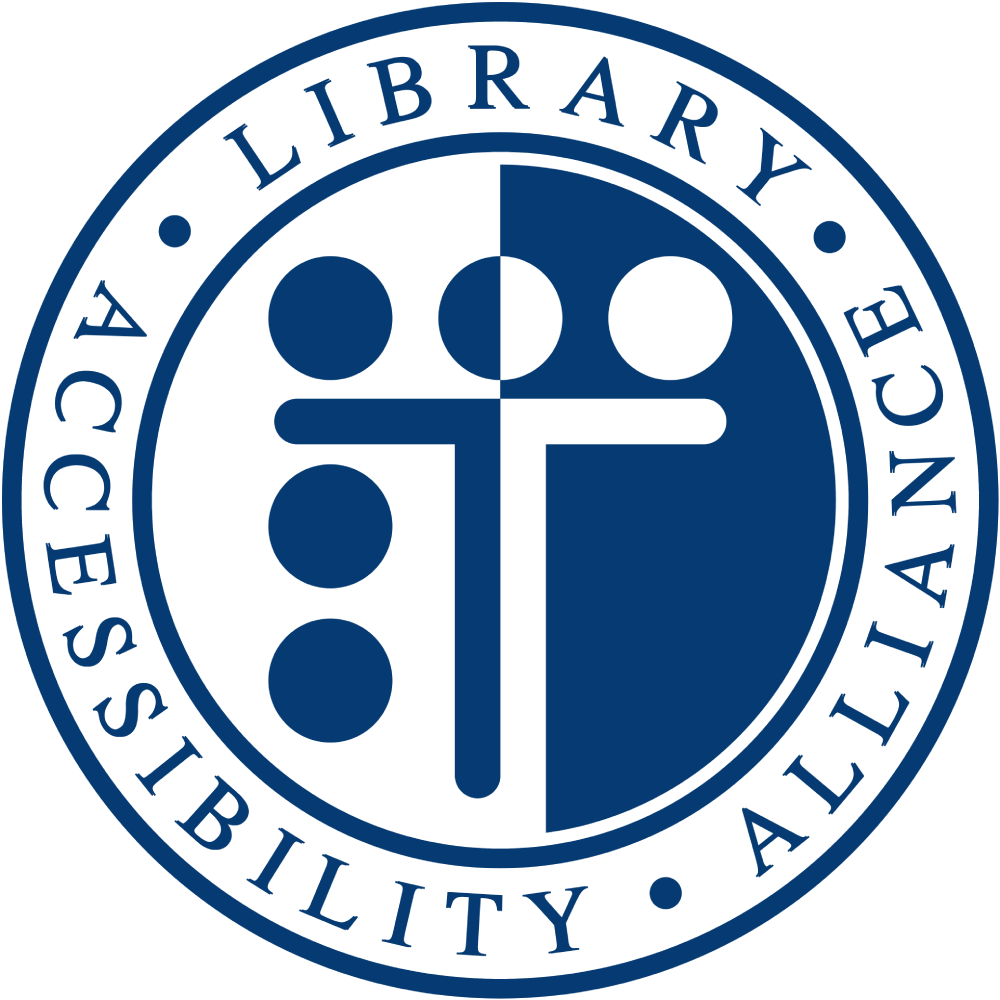This high-level assessment covers limited portions and functionality of the Project MUSE platform. The assessment revealed issues with assistive technology compatibility, resulting in some users missing information required to understand content, states and operate functions. It is important to keep in mind that the findings represent a high-level assessment, and do not reflect the results of a Deque Comprehensive Web Assessment.
Top 3 Issues
- Info and Relationships – A variety of content is setup as lists but should not be. There are also numerous occurrences of content that appears to be headings or tables but are not marked up as such.
- On Input – The search results screen can’t be filtered without reloading the entire page.
- Focus Order – The search results screen would be very difficult for keyboard and screen reader users as your focus jumps back to the top of the page whenever a filter is changed, and the user must navigate through the content again.
 Library Accessibility Alliance
Library Accessibility Alliance